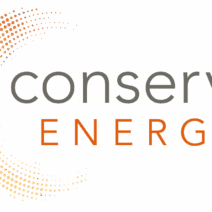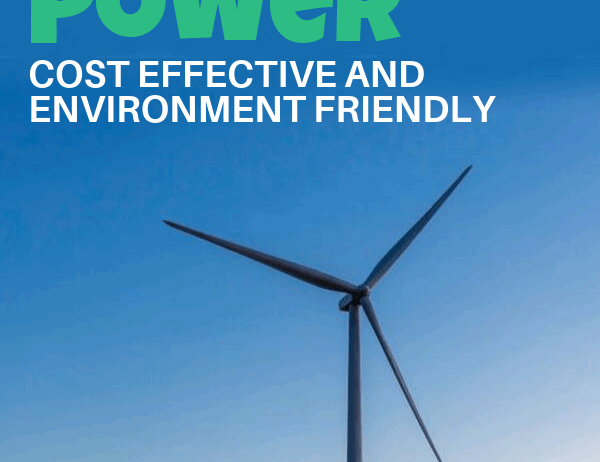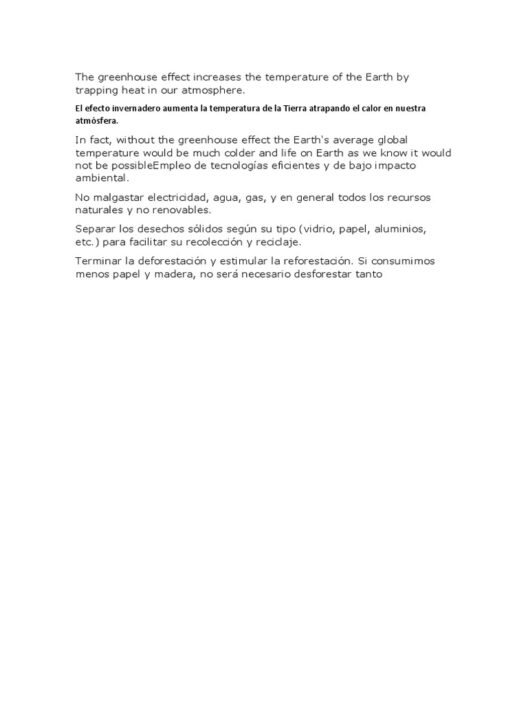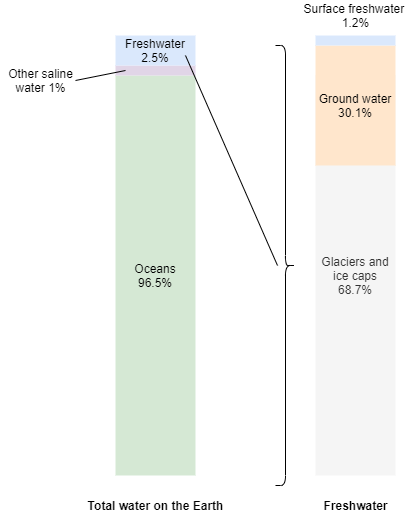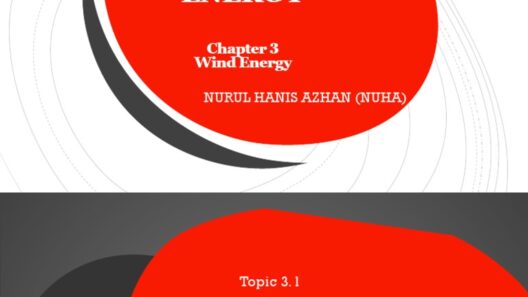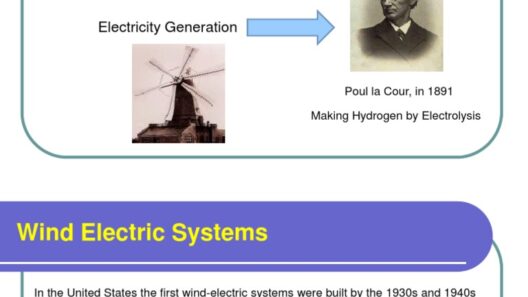Wind energy stands out as one of the most sustainable and eco-friendly power alternatives in the contemporary energy landscape. The transformation of kinetic energy from the wind into usable electrical power has significant implications for society, the economy, and the environment. Enthusiasts frequently marvel at the graceful beauty of wind turbines dotting the horizon, yet beyond their aesthetic appeal lies a wealth of advantages that underscore their growing prominence. This exploration delves into the myriad benefits of harnessing wind for power, revealing not only the practicalities but also the deeper ideological and environmental motivations that underpin this innovative energy source.
The Emergence of a Sustainable Energy Source
Wind energy epitomizes sustainability. Unlike fossil fuels, which contribute heavily to carbon emissions and global warming, wind energy harnesses a resource abundant and inexhaustible in nature. With advancements in technology, wind turbines have become increasingly efficient, converting wind into electricity at a competitive cost. The embrace of wind power is gaining momentum as nations strive to obliterate traditional, carbon-intensive energy infrastructures.
Wind energy contributes significantly to reducing greenhouse gas emissions, thus alleviating the deleterious effects of climate change. By pivoting toward wind power, countries can endeavor to meet their climate targets while maintaining their energy demands. Consequently, entire regions are not merely investing in energy; they are investing in a sustainable and resilient future.
Economic Advantages of Wind Energy
As economies worldwide grapple with fluctuating fossil fuel prices, wind energy offers an alluring economic advantage: stability. The operational costs associated with wind farms are predominantly fixed, differing dramatically from the volatile nature of oil and gas prices. This predictability enables businesses and governments to map out more reliable budgets, thus fostering economic stability.
Moreover, wind energy engenders job creation on multiple fronts. From the manufacturing of wind turbine components to the construction and maintenance of wind farms, the sector has shown a proclivity for job growth. A report from industry analysts notes that the wind energy sector has already created hundreds of thousands of jobs worldwide, ranging from technical roles to project management positions. As the demand for renewable energy matures, wind energy is poised to remain a steady source of employment opportunities, helping communities thrive.
Enhancing Energy Independence
Wind energy also plays a pivotal role in reinforcing national energy security. As countries lean on locally produced renewable sources, they veer away from dependence on imported fossil fuels, which are susceptible to geopolitical tensions and price fluctuations. By investing in wind energy, nations can cultivate a more self-reliant energy portfolio, thus mitigating risks associated with energy crises.
The capacity for decentralized energy generation further accentuates this independence. Homeowners can install small-scale wind turbines, providing localized energy solutions that bolster community resilience and self-sufficiency. This localized approach diminishes the widespread vulnerabilities tied to a centralized power grid, particularly in disaster-prone areas. The more citizens harness wind energy, the less reliant they become on external sources of energy.
Environmental Stewardship and Biodiversity
One of the primary motivations behind endorsing wind energy is the profound impact it has on environmental preservation. Wind turbines produce energy without emitting air pollutants, thus safeguarding air quality and public health. As cities grapple with issues related to smog and respiratory ailments, the shift toward cleaner energy sources becomes imperative.
Additionally, wind energy contributes to water conservation. Traditional energy generation from fossil fuels often requires significant amounts of water for cooling and processing. Conversely, wind turbines utilize virtually no water during operation, thus preserving this precious resource for other essential uses, such as agriculture and drinking water. This conservation effort dovetails with broader environmental goals, enhancing ecosystem health and resilience.
Balancing Aesthetics and Functionality
Despite common criticisms regarding wind turbines as eyesores on the landscape, a deeper appreciation for their dual role as functional art can reshape this perception. As technology evolves, contemporary wind turbine designs have diversified, melding beauty with function. Wind farms now manifest as modern symbols of innovation and forward-thinking approaches to energy production.
The infrastructure of wind energy fosters local pride as communities embrace the visible manifestations of their commitment to sustainable living. The presence of a well-integrated wind farm can enhance tourism, attracting visitors interested in eco-tourism or seeking to understand renewable energy firsthand. This fusion of aesthetics and functionality invites a broader conversation around what humanity values in its landscapes—challenging the notion that progress must come at the expense of natural beauty.
Conclusion: A Wind-Powered Future
The advantages of wind energy are both profound and far-reaching, extending beyond mere energy generation to encompass economic stability, environmental preservation, and community engagement. As the world accelerates towards a renewable energy future, wind energy emerges as a veritable cornerstone in the quest for sustainable solutions. Embracing the winds of change illuminates a path forward—one characterized by innovation, responsibility, and hope for future generations. The collective fascination with wind energy lies not just in its capacity to power our homes and industries but also in its potential to transform our relationship with the Earth, ensuring livelihoods while safeguarding the planet for ages to come.
